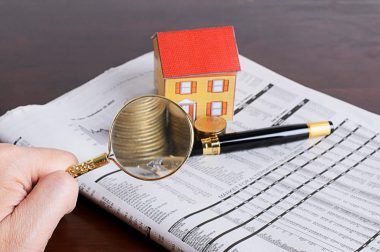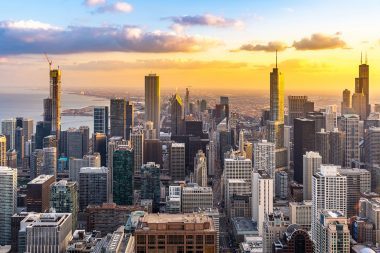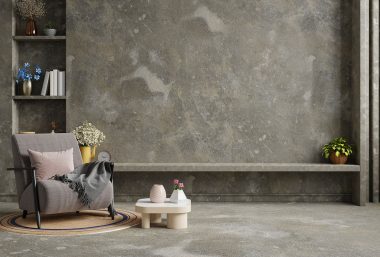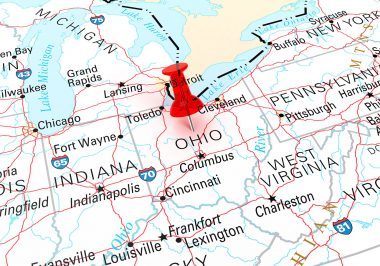Beyond the House: Choosing a Neighborhood That Fits Your Lifestyle
Updated Thu, Oct 9, 2025 - 6 min read
Top blog articles
When searching for your dream home, it’s natural to focus on the house itself. You think about the size of the kitchen, whether there’s enough storage, or how much natural light streams into the living room. While these details matter, there’s something even more important to consider: the neighborhood. The community you choose will shape your lifestyle, your daily routines, and even your long-term satisfaction with your investment.
In growing cities like Austin, for example, homebuyers are often drawn to neighborhoods that offer not just beautiful houses but also a lifestyle built around convenience, amenities, and community involvement. Some neighborhoods go beyond curb appeal by offering access to shared amenities, well-maintained surroundings, and opportunities for social connection. These areas provide a balance between private living and community life, which can make them especially appealing for families, retirees, or anyone looking for more than just four walls and a roof.
Once you’ve narrowed down what type of home you want, the next step is to evaluate if the neighborhood supports your needs. Let’s look at how you can make the right choice.
Start with Lifestyle Priorities
The first step in choosing the right neighborhood is to think about your lifestyle. Do you picture yourself living in a quiet community with tree-lined streets, or do you thrive in vibrant areas full of local restaurants and cultural activities? Your answer will help guide your search.
For many buyers, lifestyle also includes the comfort of living in a well-managed community. If your priority is living in a place that combines well-kept surroundings with access to shared amenities, then exploring HOA homes in Austin can be a smart option. These neighborhoods are known for features such as pools, parks, and walking trails, along with consistent maintenance that protects property values and creates a welcoming atmosphere. For families or anyone who values stability, a homeowners’ association can provide peace of mind and a sense of community.
When you define what matters most, whether it’s outdoor space, social connections, or everyday convenience, you’ll have a clearer vision of the kind of neighborhood that will feel like home.
Proximity and Commute Considerations
Another important factor is location in relation to your daily routine. Even if you fall in love with a home, a long or stressful commute can quickly diminish your quality of life. Consider how close the neighborhood is to your workplace, schools, or essential services.
If you work remotely, you may have more flexibility, but you’ll still want convenient access to grocery stores, healthcare providers, and other necessities. On the other hand, if you commute daily, living near major highways or public transit can save you valuable time. When evaluating neighborhoods, try driving the route during rush hour to get a realistic sense of travel times.
Amenities and Community Features
A great neighborhood should offer more than just houses; it should support your lifestyle through nearby amenities. For some, that means having a coffee shop or fitness center within walking distance. For others, it might mean access to playgrounds, green spaces, or cultural events.
Think about how you spend your free time and what kind of community would best support those activities. A family might prioritize proximity to parks and libraries, while young professionals might prefer neighborhoods with lively dining and entertainment options. When amenities align with your lifestyle, you’ll find yourself enjoying the area as much as your home.
Safety and Long-Term Stability

Feeling safe in your neighborhood is essential. Research local crime rates and talk to residents about their experiences. Beyond safety statistics, observe how the community is maintained. Well-lit streets, cared-for yards, and active neighborhood associations often indicate a stable, invested community.
A neighborhood that values upkeep and safety not only provides peace of mind but also helps preserve property values over time. This sense of long-term stability is crucial if you’re planning to stay for several years or view your home as a financial investment.
Schools, Education, and Family Needs
For families, schools are often the deciding factor in choosing a neighborhood. Even if you don’t have children, it’s worth noting that homes near strong schools tend to hold their value better and attract more buyers when it’s time to sell.
Look beyond test scores. Consider the availability of extracurricular programs, after-school care, and community involvement. For parents, being part of a neighborhood that values education can provide additional support, from carpools to parent groups. Education-focused communities often foster a family-friendly atmosphere that benefits everyone.
Financial Factors Beyond the House Price
When budgeting for a home, it’s easy to focus solely on the purchase price. However, the neighborhood can bring additional costs that you’ll need to plan for. Homeowners’ association fees, property taxes, and even utility rates vary from one area to another.
Neighborhoods with shared amenities such as security, pools, or landscaping may come with higher fees, but they also provide conveniences and added value. On the other hand, lower-cost areas might require you to handle more responsibilities yourself. Think about what you’re willing to pay for in terms of services, and how those costs fit into your overall budget.
Visit and Experience the Neighborhood
Before making your final decision, spend time in the neighborhood. Visit on weekdays, weekends, mornings, and evenings to get a true sense of the environment. Notice how neighbors interact, the level of traffic, and the overall atmosphere.
Walking through the community, dining at local restaurants, or attending neighborhood events can give you insights that photos and online research can’t. Experiencing the rhythm of daily life firsthand is one of the best ways to determine whether the neighborhood feels like the right fit for you.
Choosing a neighborhood goes beyond picking the right house. It’s about finding a community that complements your lifestyle, supports your priorities, and feels comfortable both now and in the future. From commute times to safety, amenities, schools, and financial considerations, each factor plays a role in creating a living environment that truly feels like home.
When you take the time to evaluate neighborhoods with care, you set yourself up for long-term happiness and stability. The right home in the right community will not only meet your practical needs but also provide a place where you can build connections and enjoy your day-to-day life. Ultimately, it’s the neighborhood, not just the house, that makes your investment worthwhile.
Read more: Transit score









